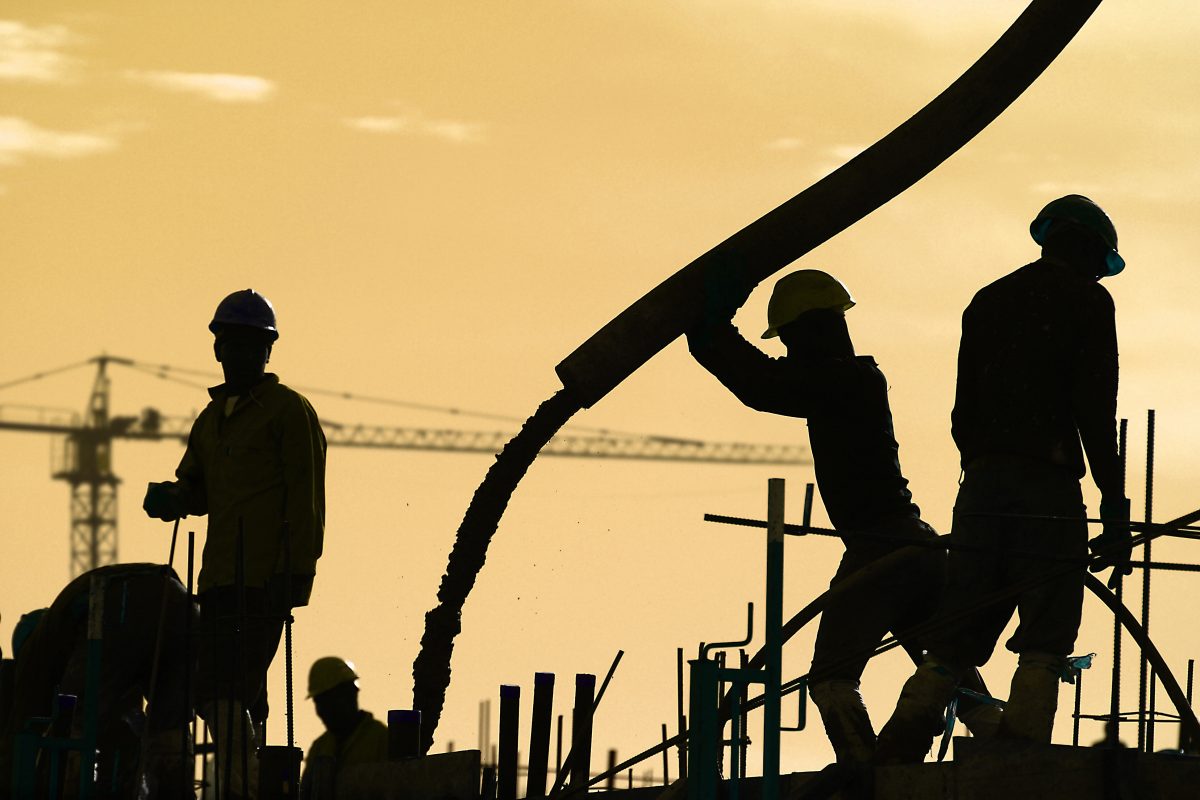

Any construction site has a million moving parts to it, so this means that there is a lot that can go wrong. Construction sites and projects are incredibly dynamic and they change constantly, sometimes on an hourly basis. This article focuses on just a few of the basics of how you can minimise your impact on the public and surrounding communities.
During a commercial construction project, neighbouring communities and members of the public are affected by the project in many ways. Proper construction site management not only includes elements like organising contractors and changing the skyline of a city, it also encompasses managing the impact of your building project on the neighbourhood in which you are constructing.
Deon van Heerden, Alusani® Course Leader, says that the key to successful construction site management lies in planning how you will set up your construction site and how you will manage all that the project entails throughout the construction period.
“If you are building a skyscraper in Sandton, for example, you will be surrounded by other businesses, pedestrians, and shopping centres. You will also be in the heart of an area where traffic is already problematic. Minimising and managing the noise pollution and dust are only a few of the things that you need to plan for,” says van Heerden.
Minimising noise and dust pollution
Noise pollution on a construction site can be attributed to everything from the noise generated from jackhammers and construction tools to the sheer amount of people who will be working with heavy machinery and building materials on site. This type of noise can severely impact other businesses’ ability to conduct business in their place of work. The solution for this depends on the limitations of the site, but generally involves the installation of a barrier to form a type of cubicle around the site.
“This barrier serves multiple purposes. Besides dampening the sounds that are generated on the site significantly, it also assist to minimise the amount of dust that could make its way into adjacent buildings,” says van Heerden.
Streamlining the flow of traffic and ensuring pedestrian safety
Other important issues that need to be planned for during the concept phase to minimise a construction project’s impact on the direct environment include traffic flow and pedestrian safety.
“When constructing a high rise, for example, you will need to erect netting to ensure that anything that falls off scaffolding during construction doesn’t harm pedestrians. A construction site manager would also want to make sure that pedestrians can still move freely and safely past the site. Thus the barricading around the construction site must also be of such construction as to prevent unauthorised entry. Also, pedestrians should not be able to peer into the site through cracks in the barricading,” says van Heerden.
One thing that is often missed during construction site set up is the access points to the site.
“With a construction project, building materials are going to be delivered on site, soil needs to be removed from the project site, and teams of people need to be able to get in and out of the area from main roads. The access points and how this will affect existing traffic needs to be carefully considered and planned for. Proper risk assessments and traffic flow analysis needs to be done to get this right. This type of planning is important to make sure you aren’t negatively impacting businesses, drivers, pedestrians and other members of the community, and it’s also a crucial step in ensuring that construction on site happens in the most efficient way possible,” says van Heerden.
Besides planning the layout of the site, traffic flow and materials management, a communication strategy is also needed. Owners of surrounding buildings, the public, as well as the relevant authorities need to be kept in the loop about your construction project and how you are managing all the risks.
The upcoming multi-CPD-accredited (SACPCMP, ECSA & SAIOSH) Construction Site Management training course with Deon van Heerden will tackle this and many more topics in greater detail. If you would like more information about this training course then please do email faith@alusani.co.za
©2018 Copyright Alusani Skills & Training Network®. All Rights Reserved. Unauthorised reproduction will be actionable under South African law.
More news
- PART 2: CONCRETE IN THE DESIGN OF A UNIQUE LUXURY HOME IN GEORGE, SOUTH AFRICA
- PART 1: CONCRETE IN THE DESIGN OF A UNIQUE LUXURY HOME IN GEORGE, SOUTH AFRICA
- MVULE GARDENS, AFRICA’S LARGEST 3D-PRINTED AFFORDABLE HOUSING PROJECT
- PART 3: HARNESSING THE POTENTIAL OF HIGH SULPHUR FLY ASH IN CONCRETE PRODUCTION
- PART 2: HARNESSING THE POTENTIAL OF HIGH SULPHUR FLY ASH IN CONCRETE PRODUCTION





